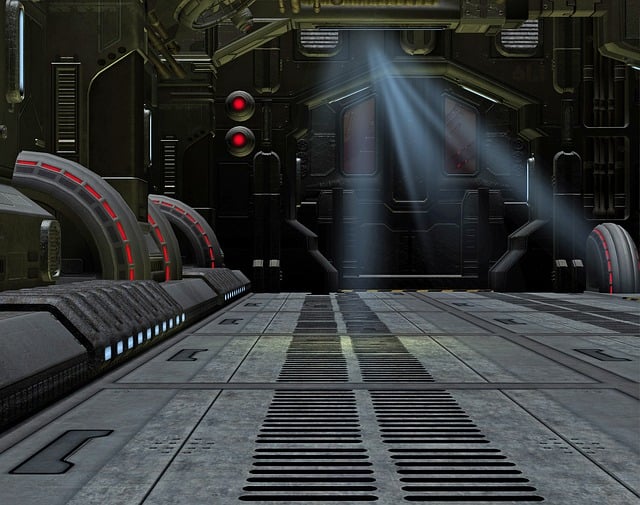When you start to kite surf, you can be overwhelmed with number of detailed things you should keep a track of. so it a good idea that you create a check list of things that you should pay attention to before and after you kitesurf.
First of all, take a basic course to learn basic safety. A motto to keep in mind is to have “safety before excitement” This applies from the beginners to the novice stage.
- Dissolve the chicken loop before each time you go out and kitesurf, then you know that it works.
- Be responsible and considerate. You are responsible for all the events associated with your pursuit of the sport.
- Attach the ropes to the kite at the last moment before you before start and get into the water.
- Put on the safety line (Leash) before kite’s hedge is removed off the ground and take it to the end, when the dragon is secured on the ground after landing. You should always have a fuse / weight (sand, the top, round stone, etc) on the kits, even when there is no wind or little wind because the wind can change quickly.
- Think about how the winds can swirl around buildings, trees, or rocks to windward before starting kits.
- Kite surfing is not without a dead-man’s safety release system, which allows you to remove power from the kits as you want (should work even if you are unconscious).Always have an opportunity to be able to detach yourself from the kite, even under traction.
- Do not kite surf near an airport.
- Do not kite surf before, during, or immediately after a thunderstorm.
- Kite cords can be cut when the kits are flying. Do not let yourself or even get a chance to get tangled up in the kite lines, which do not fly your kite over other people, do not wrap rope around your hand, etc.. Avoid kite surfing in densely populated areas; be sure to come out to the “free” water as soon as possible. Select unpopulated beach or coastal sections for takeoff and landing with a lot of space and out of the wind when possible.
- Spectators should be located to windward of kite surfer.
- Make sure there is a “friendly” beach strip / ground on your lee when to start.
- Avoid kite surfing in the wind from the land if you can run towards the open sea.However, if you must, make sure that there are opportunities with the rescue boat and have someone who keeps an eye on you from the country all the time. Also, be sure you can handle the difficult situations that may arise, such as a broken leg or kits to breakage.
- Please use the life jacket and helmet.
- Never use leg harness attached to the board in which this can be very dangerous because it can cause the board hit the back of the head.
- Do not ask non-kite surfers for help when you land or take off kits. Be clear about your intentions and talk to people before you help and making clear signs. Make sure it will help you or the people around know how to handle equipment safely and how to behave kits.
- Don’t Kite Surf in strong winds if you are a beginner.
- As a beginner, you usually spend more time in water, so use because a thicker wetsuit than you would otherwise have chosen.
- If possible, choose a harness with handles on the back. This makes it easier to assist each other in difficult situations where the kits have much traction.
- Never operate further offshore than you can swim homes (in an emergency without any equipment).
- Bring a safety razor in case you need to cut the ropes
- Check your equipment regularly for damage detection: the boom and pull tabs are in good condition and that there are no knots or abrasion damage to the ropes.


